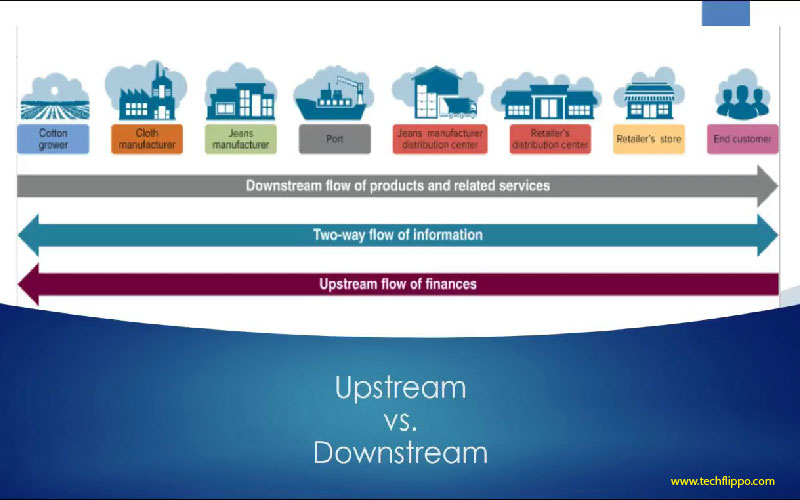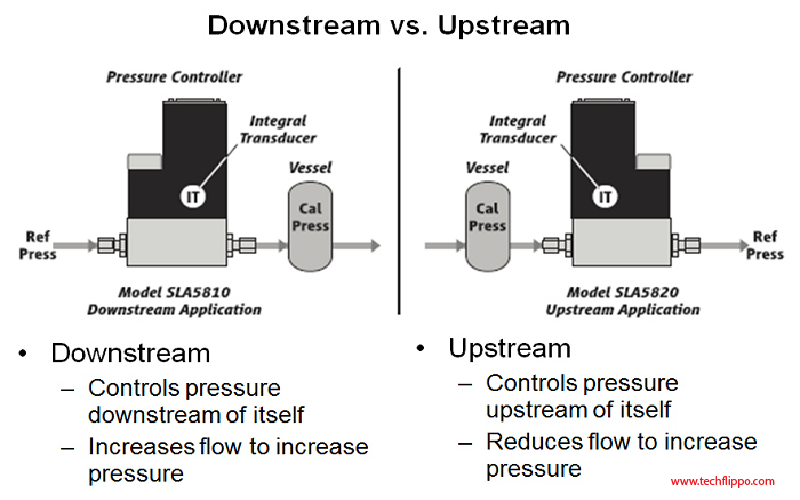Upstream vs Downstream: Which Strategy is Right for Your Business?
Navigating the business landscape can often feel like steering a ship through turbulent waters. With numerous strategies at your disposal, choosing the right course is crucial for success. Among these strategies, upstream and downstream approaches stand out as key players in shaping market dynamics.
But what exactly do these terms mean? And how do they impact your business operations? Understanding the difference between upstream vs downstream strategies is essential to making informed decisions about growth and sustainability. Whether you’re an entrepreneur just starting or a seasoned executive looking to pivot, recognizing which strategy aligns with your goals can set you on a path to prosperity.
Join us as we dive deep into these two distinct approaches, examining their definitions, benefits, drawbacks, and real-world examples that illustrate their effectiveness in various industries. Your journey toward strategic clarity begins here!

Understanding the Difference: Definition and Examples
When exploring upstream and downstream strategies, clarity is key. Upstream strategy focuses on the early stages of production. This involves sourcing raw materials and components necessary for creating a product. For example, an automotive manufacturer securing steel from suppliers embodies this approach.
On the flip side, downstream strategy targets the final stage of production and distribution. It’s about getting products to consumers effectively. A great illustration here might be a retail chain managing its supply chain logistics to deliver cars to dealerships quickly.
Both strategies pivot around different elements of the business cycle but are crucial for overall success. Understanding your specific needs will help shape your approach in either direction, depending on where you want to exert influence in your industry.
Pros and Cons of Upstream Strategy
Upstream strategies focus on the early stages of production and resource acquisition. This approach can lead to significant advantages for businesses. For instance, having control over raw materials often results in reduced costs and improved quality.
However, there are downsides as well. Investing heavily in upstream operations requires substantial capital and resources upfront. Companies may find themselves locked into long-term contracts that limit flexibility.
Additionally, market demand can be unpredictable. If consumer preferences shift suddenly, businesses might struggle with excess inventory or outdated products.
On the flip side, successful upstream strategies foster strong supplier relationships that can enhance reliability. Yet managing these partnerships demands constant attention and negotiation skills.
Weighing these pros and cons is crucial before adopting an upstream strategy tailored to business goals.

Pros and Cons of Downstream Strategy
Downstream strategy focuses on the distribution and sale of products to end consumers. One significant advantage is the ability to connect directly with customers. This fosters brand loyalty and helps businesses understand consumer preferences.
However, this strategy can be resource-intensive. Companies often need a robust supply chain and marketing efforts to reach their audience effectively.
Another pro is that downstream operations can enhance customer experience through tailored promotions or personalized services. Engaging with customers at various touchpoints creates opportunities for upselling.
On the flip side, reliance on external factors like market trends poses risks. Sudden shifts in consumer behavior can impact sales dramatically.
Additionally, competition in downstream markets tends to be fierce. Businesses must continuously innovate to stand out amidst numerous options available to consumers. Balancing these aspects requires careful planning and execution.
Factors to Consider in Choosing a Strategy for Your Business
Choosing the right strategy for your business requires careful consideration of several factors. Start by evaluating your industry. Different sectors may demand distinct approaches.
Look at your target audience as well. Understanding their preferences can guide you in selecting between upstream and downstream strategies. Does your market value innovation or convenience more?
Next, assess your resources and capabilities. An upstream approach may require substantial investment in research and development, while downstream focuses on marketing and distribution efficiencies.
Your competition also plays a crucial role. Analyze what works for them but don’t blindly follow suit; find gaps where you can differentiate.
Consider long-term goals versus short-term gains. Some strategies yield immediate results but might not align with future aspirations or sustainability efforts. Balancing these elements will help steer you towards a fitting strategic choice for growth.
Real-Life Case Studies of Successful Companies Using Each Strategy
When examining upstream strategies, consider Apple. The tech giant focuses heavily on research and development to innovate products before they reach consumers. This investment in product design and technology enables Apple to maintain a competitive edge.
On the other hand, Coca-Cola exemplifies an effective downstream strategy. The company excels at distribution and marketing its beverages worldwide. By placing emphasis on brand awareness and customer engagement, Coca-Cola creates lasting connections with consumers.
Another notable example is Tesla, which blends both strategies effectively. Tesla invests in upstream innovations like self-driving technology while also building strong relationships with customers through direct sales channels.
These case studies highlight how different approaches can lead companies to success within their respective markets. Each organization demonstrates that aligning strategies with business goals can yield significant results over time.
Conclusion: Finding the Right Fit for Your Business Goals
Every business is unique. The choice between upstream and downstream strategies hinges on various factors, including market conditions, company size, and long-term objectives. An upstream strategy may suit businesses looking to innovate or control production processes. It allows for higher margins but comes with risks related to investment and resource management.
Conversely, a downstream approach can provide immediate revenue opportunities by focusing on distribution and customer engagement. This strategy builds brand loyalty but might require substantial marketing efforts and additional operational costs.
Assessing your company’s strengths, weaknesses, goals, and market landscape will help you determine the most suitable path. Remember that flexibility is vital; businesses often shift between these strategies as they grow or respond to changing circumstances.
Taking time to evaluate both options thoroughly ensures alignment with your overall business vision. Whether you lean toward upstream innovations or prioritize downstream consumer connections depends ultimately on what best serves your ambitions in the ever-evolving marketplace.